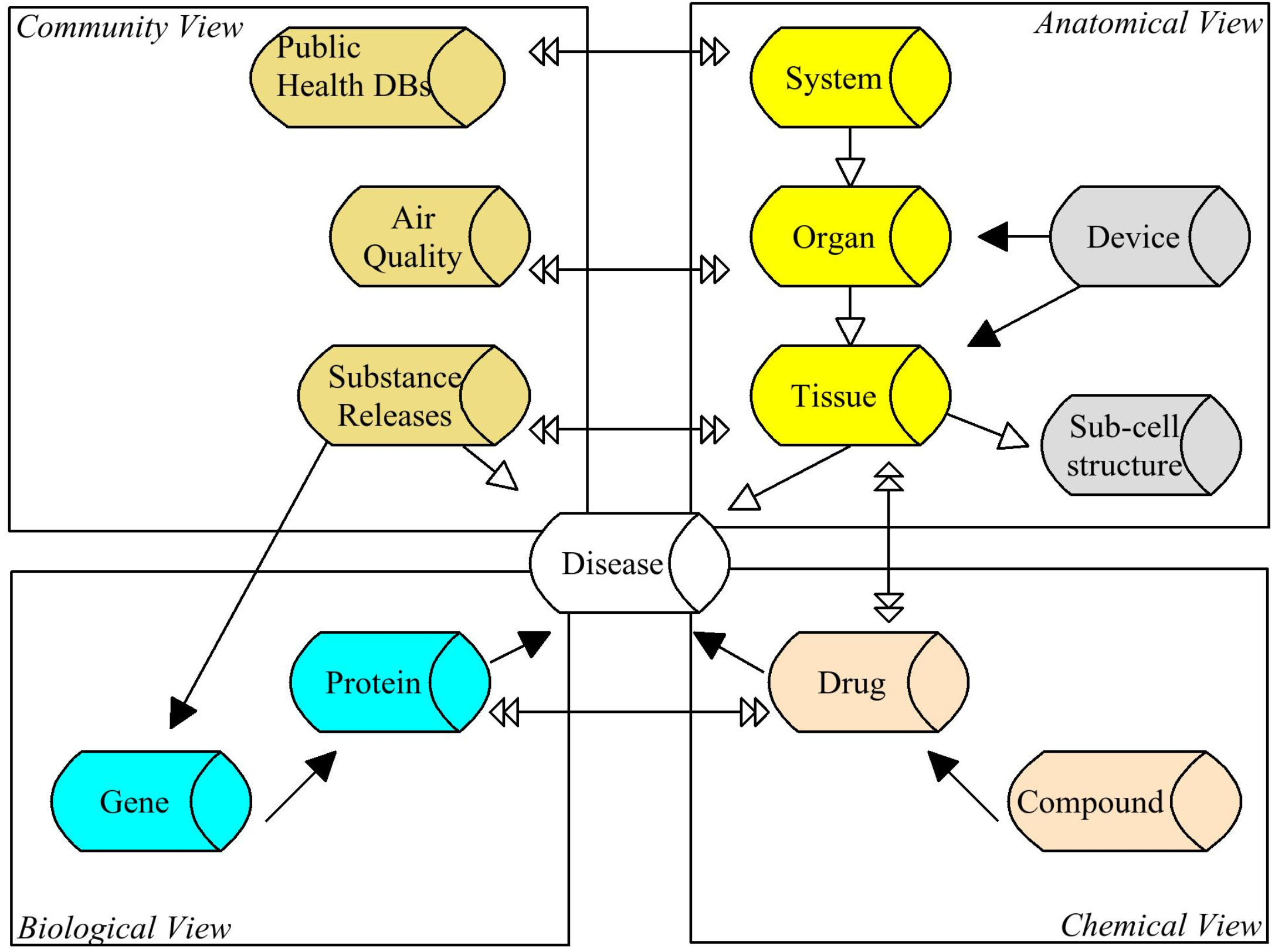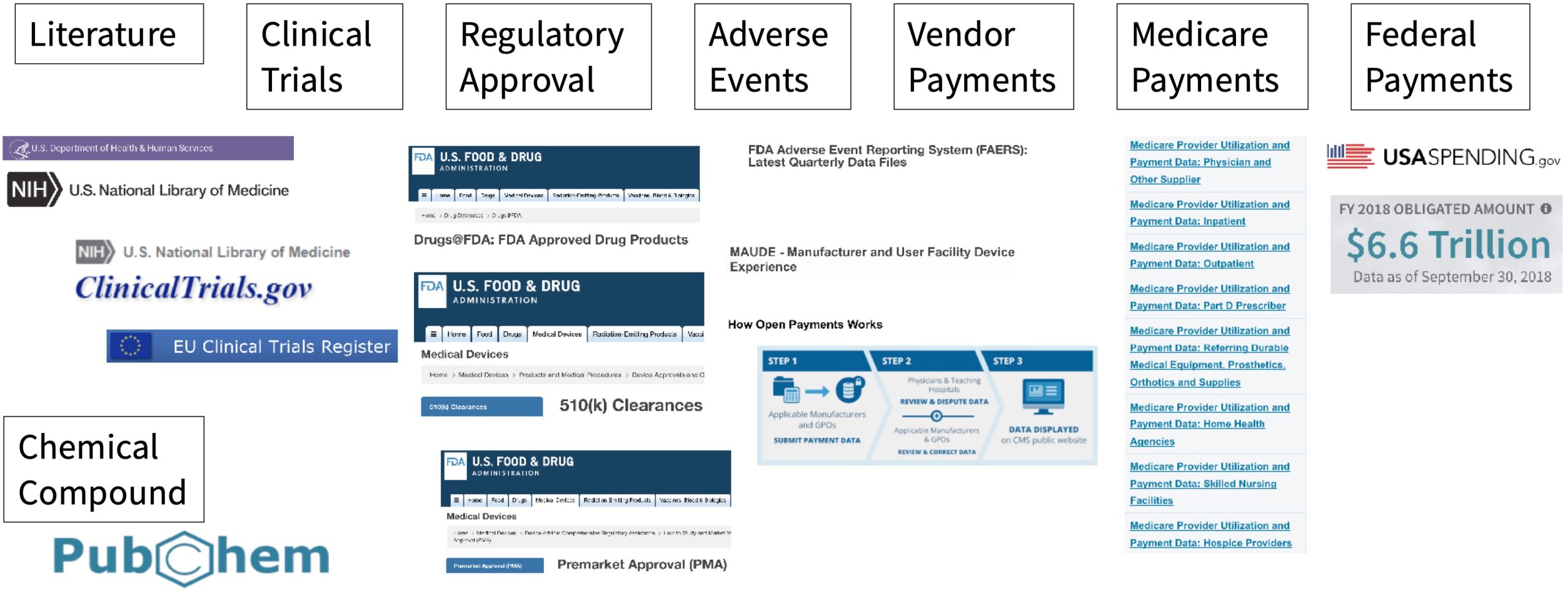[et_pb_section fb_built=”1″ admin_label=”Header & Blog” _builder_version=”4.20.0″ _module_preset=”default” collapsed=”on” global_colors_info=”{}”][et_pb_row _builder_version=”4.20.0″ _module_preset=”default” custom_margin=”-58px|auto||auto||” global_colors_info=”{}”][et_pb_column type=”4_4″ _builder_version=”4.20.0″ _module_preset=”default” global_colors_info=”{}”][et_pb_text _builder_version=”4.20.0″ _module_preset=”3524300f-60fc-446a-9fc9-6d20ad25e446″ text_orientation=”center” global_colors_info=”{}”]
Blog
[/et_pb_text][et_pb_post_slider posts_number=”3″ _builder_version=”4.20.0″ _module_preset=”aec34d87-aa08-45f2-a12a-97b566683cfb” locked=”off” global_colors_info=”{%22gcid-1b4a3854-7b44-49f6-922e-e1ac36476373%22:%91%22bg_overlay_color%22%93}”][/et_pb_post_slider][/et_pb_column][/et_pb_row][et_pb_row _builder_version=”4.20.0″ _module_preset=”default” global_colors_info=”{}”][et_pb_column type=”4_4″ _builder_version=”4.20.0″ _module_preset=”default” global_colors_info=”{}”][et_pb_blog posts_number=”6″ _builder_version=”4.27.4″ _module_preset=”4ea61a12-a593-440e-8dd4-cc22497b5eb2″ body_text_align=”left” body_text_color=”#000000″ locked=”off” global_colors_info=”{%22gcid-86031d5b-0170-405c-b57e-166734aa8a67%22:%91%22read_more_text_color%22%93}”][/et_pb_blog][/et_pb_column][/et_pb_row][/et_pb_section][et_pb_section fb_built=”1″ admin_label=”Subscribe” _builder_version=”4.20.0″ _module_preset=”default” collapsed=”on” global_colors_info=”{}”][et_pb_row custom_padding_last_edited=”on|desktop” _builder_version=”4.20.0″ _module_preset=”default” background_color=”gcid-095f3017-670a-4d45-bbf8-520034f23a92″ custom_padding=”60px|60px|60px|60px|true|true” custom_padding_tablet=”30px|30px|30px|30px|true|true” custom_padding_phone=”20px|20px|20px|20px|true|true” border_radii=”on|40px|40px|40px|40px” global_colors_info=”{%22gcid-095f3017-670a-4d45-bbf8-520034f23a92%22:%91%22background_color%22%93}”][et_pb_column type=”4_4″ _builder_version=”4.20.0″ _module_preset=”default” global_colors_info=”{}”][et_pb_text _builder_version=”4.20.0″ _module_preset=”0e9d27f6-07fd-43e4-a2a4-4d27894d9519″ text_orientation=”center” global_colors_info=”{}”]
Subscribe
[/et_pb_text][et_pb_signup mailchimp_list=”undefined|elegantthemestest|1ea2bbd026″ first_name_field=”off” last_name_field=”off” _builder_version=”4.20.0″ _module_preset=”6400ac44-87ca-4c1a-a451-c7df879427de” max_width=”700px” module_alignment=”center” locked=”off” global_colors_info=”{}”][/et_pb_signup][/et_pb_column][/et_pb_row][/et_pb_section]


